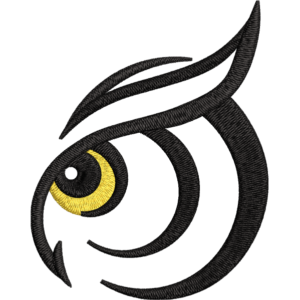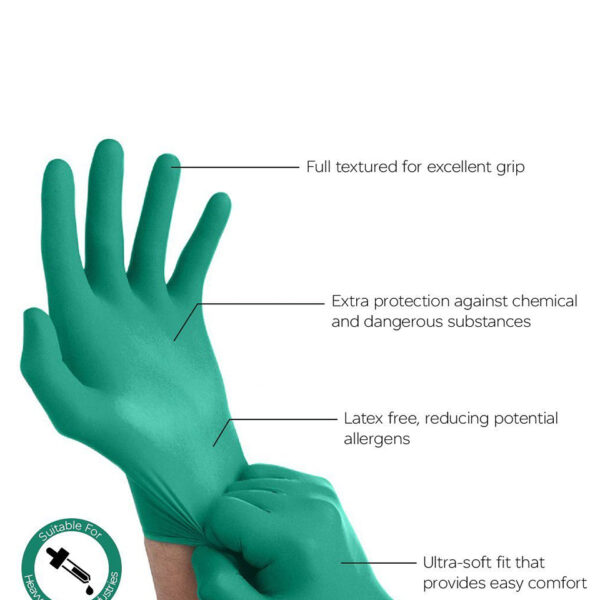
Creating embroidered pillowcases is an excellent way to add a personal touch to your home décor or to give as a thoughtful, customized gift. With the Brother SE1900 embroidery machine, even beginners can achieve professional-quality results. In this guide, we will walk you through the steps to make beautifully embroidered pillowcases, discuss the various embroidery file types compatible with the Brother SE1900, and provide helpful tips for both beginners and advanced users.
Understanding Embroidery File Types for the Brother SE1900
Before we dive into the actual process of making embroidered pillowcases, it is crucial to understand the different embroidery file types that the Brother SE1900 supports. The SE1900 is compatible with the following file types:
- PES (Brother Embroidery Format): This is the most commonly used file type for Brother embroidery machines. PES files contain embroidery instructions, including stitch order, color changes, and design placement.
- DST (Tajima Embroidery Format): Though primarily associated with commercial machines, the Brother SE1900 also supports DST files. However, DST files do not include color information, so you will need to assign colors manually.
- PHC (Brother Embroidery Format): A format specific to Brother machines, PHC files are used for larger designs or those that require more memory.
- EXP (Melco Expanded Format): Another widely supported format, EXP files are similar to DST files in that they lack color information.
For the Brother SE1900, using PES files is recommended for the best compatibility and ease of use.
Step-by-Step Guide to Making Embroidered Pillowcases with the Brother SE1900
Step 1: Select and Prepare Your Design
The first step in creating your embroidered pillowcase is selecting a design that suits your style. Here’s how to do it:
- Choose a Design: Find a design from online embroidery libraries or create your own using embroidery software. Ensure the design file is in a compatible format, such as PES.
- Load the Design onto the Machine: Transfer the file from your computer to the SE1900 using a USB drive. Insert the USB into the machine’s port, navigate to the design using the LCD touchscreen, and select it.
- Preview and Adjust the Design: The Brother SE1900 allows you to adjust the size, orientation, and placement of the design directly on the screen. Make sure the design fits well within the embroidery area of your pillowcase.
Step 2: Prepare Your Pillowcase and Stabilizer
Proper preparation of the fabric and stabilizer is critical for achieving a high-quality embroidery result.
- Choose a High-Quality Pillowcase: Select a pillowcase made from a stable, non-stretch fabric such as cotton or linen. Make sure it is clean and ironed to remove wrinkles.
- Select the Right Stabilizer: Depending on your fabric type and design complexity, choose a stabilizer that will provide the necessary support. For pillowcases, a medium-weight tear-away or cut-away stabilizer is ideal.
- Hoop the Fabric and Stabilizer: Place the stabilizer under the fabric and hoop both together, ensuring they are taut but not stretched. This step prevents shifting during embroidery and ensures clean, precise stitches.
Step 3: Embroider the Pillowcase
Now that you have your design ready and fabric hooped, it’s time to start embroidering.
- Thread the Machine: Choose thread colors that match or contrast with your pillowcase as desired. The Brother SE1900 has an automatic needle threader, which makes threading easy.
- Position the Hoop: Attach the hooped fabric to the embroidery arm of the machine. Use the touchscreen to position the needle exactly where you want to start embroidering.
- Start the Embroidery Process: Press the start button and monitor the process. The machine will automatically stop for thread changes if needed.
- Finishing Touches: Once the embroidery is complete, carefully remove the hoop from the machine, unhoop the fabric, and trim any excess stabilizer from the back of the design.
Step 4: Finishing the Pillowcase
To finish your pillowcase, follow these steps:
- Remove Excess Stabilizer: Gently tear away or cut the stabilizer from the back of the fabric, taking care not to damage the stitches.
- Press the Pillowcase: Use a low heat setting to press the pillowcase, removing any remaining wrinkles and setting the stitches.
- Inspect the Embroidery: Check for any loose threads or imperfections and correct them as needed.
Tips for Beginners and Advanced Users
- Beginner Tip: Start with simple designs to familiarize yourself with the Brother SE1900’s features. Practice on scrap fabric before moving on to your final pillowcase.
- Advanced User Tip: Experiment with layering multiple designs or adding monograms for a unique look. Use advanced features like the machine’s ability to combine different designs on the touchscreen.
FAQs About Embroidering Pillowcases with the Brother SE1900
1. What are the best embroidery file types for the Brother SE1900?
The brother se1900 is most compatible with PES files, but it also supports DST, PHC, and EXP file types. PES files are recommended for the best results because they include all necessary design information.
2. How do I choose the right stabilizer for pillowcases?
For most pillowcases, a medium-weight tear-away or cut-away stabilizer is ideal. The choice depends on the fabric type and design complexity.
3. Can I use any thread with the Brother SE1900?
It is best to use high-quality embroidery thread, such as polyester or rayon, to ensure smooth operation and vibrant results.
4. How can I prevent puckering on my pillowcases?
Proper hooping and the use of the right stabilizer are crucial to prevent puckering. Make sure the fabric is taut and not stretched within the hoop.
5. What is the maximum embroidery area of the Brother SE1900?
The Brother SE1900 has a maximum embroidery area of 5 x 7 inches, which is ideal for most pillowcase designs.








